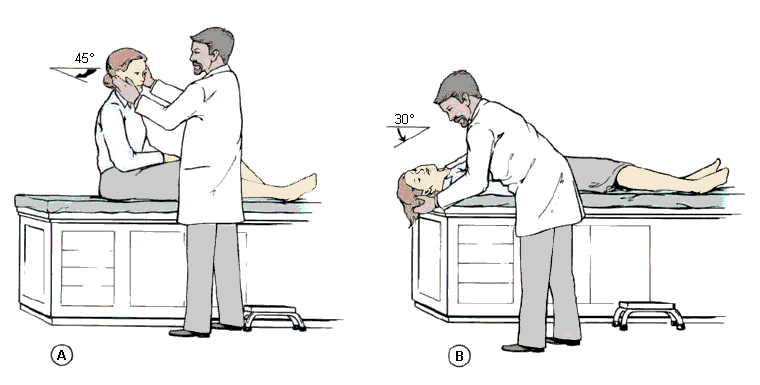Summary
Differentials
Common
- Stroke
- Transient ischemic attack
- Joint buckling/instability/mechanical gait disorders
- Deconditioning
- Osteosarcopenia
- Medication effects or polypharmacy
- Environmental or home hazards
- Visual impairment
- Peripheral sensory neuropathy
Uncommon
- Vestibular dysfunction
- Gait disorders
- Dementia
- Delirium
- Depression
- Seizure
- Subdural hematoma
- Syncope
- Orthostatic hypotension
- Substance misuse
- Carotid sinus sensitivity
- Postprandial hypotension
Contributors
Authors
Ronan Factora, MD, FACP, AGSF
Associate Professor
Cleveland Clinic Lerner College of Medicine of Case Western Reserve University
Geriatric Medicine Fellowship Program Director
Center for Geriatric Medicine, Medicine Institute
Cleveland Clinic
Cleveland
OH
Disclosures
RF declares that he has no competing interests.
Peer reviewers
David Thomas, MD
Professor of Medicine
Division of Geriatric Medicine
Saint Louis University
Saint Louis
MO
Disclosures
DT declares that he has no competing interests.
Adam Darowski, MA, MBBS, MD, FRCP
Consultant Physician
Nuffield Department of Medicine
John Radcliffe Hospital
Oxford
UK
Disclosures
AD declares that he has no competing interests.
Peer reviewer acknowledgements
BMJ Best Practice topics are updated on a rolling basis in line with developments in evidence and guidance. The peer reviewers listed here have reviewed the content at least once during the history of the topic.
Disclosures
Peer reviewer affiliations and disclosures pertain to the time of the review.
References
Key articles
Brignole M, Moya A, de Lange FJ; ESC Scientific Document Group. 2018 ESC guidelines for the diagnosis and management of syncope. Eur Heart J. 2018 Jun 1;39(21):1883-948.Full text Abstract
Centers for Disease Control and Prevention. Fact sheet: risk factors for falls. 2017 [internet publication].Full text
US Preventive Services Task Force; Nicholson WK, Silverstein M, et al. Interventions to prevent falls in community-dwelling older adults: US Preventive Services Task Force recommendation statement. JAMA. 2024 Jul 2;332(1):51-7. Abstract
Reference articles
A full list of sources referenced in this topic is available to users with access to all of BMJ Best Practice.

Patient information
Alzheimer disease and other kinds of dementia
Depression in adults
More Patient informationVideos
Venepuncture and phlebotomy: animated demonstration
How to perform an ECG: animated demonstration
More videosLog in or subscribe to access all of BMJ Best Practice
Use of this content is subject to our disclaimer